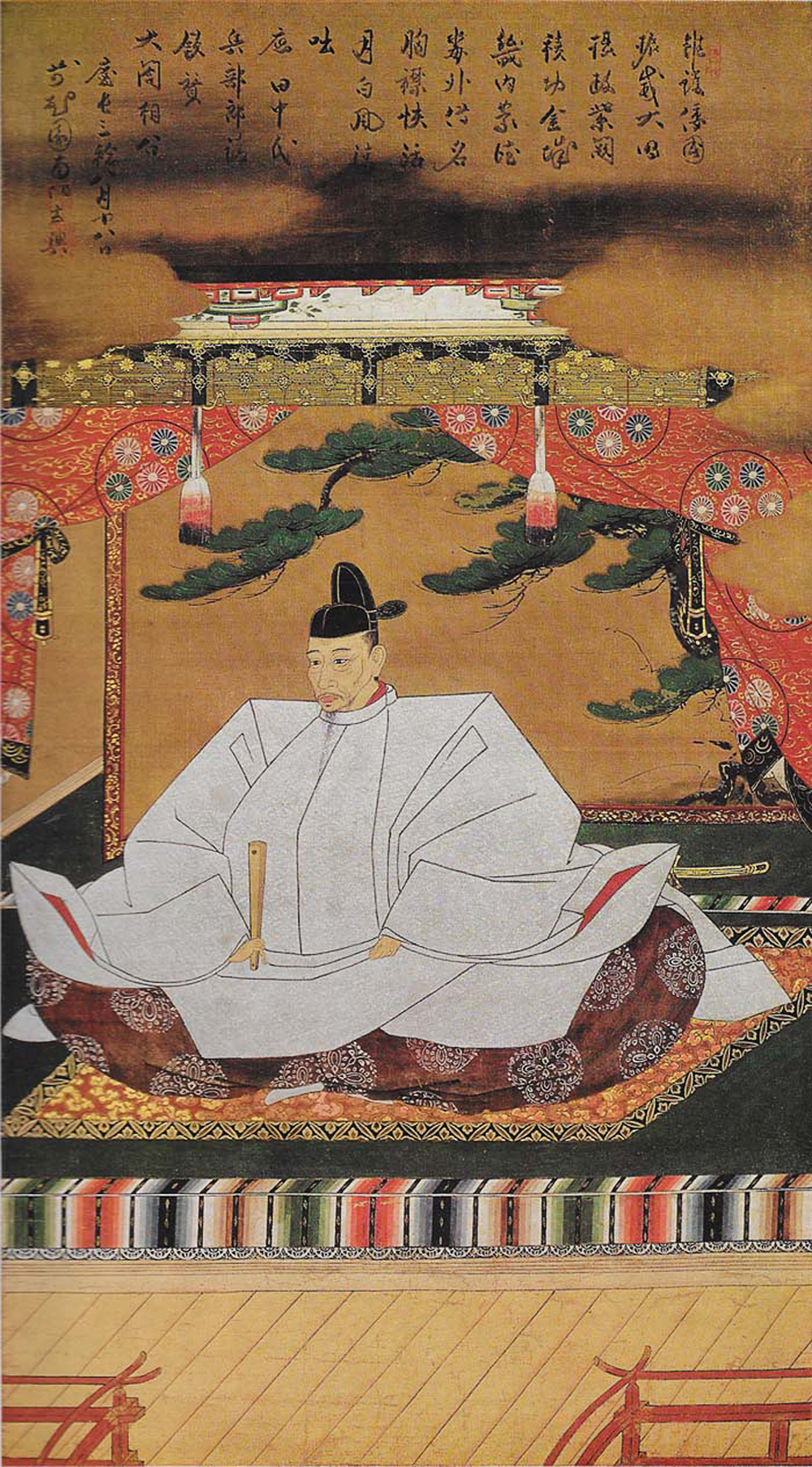K%C5%8Ddai-ji on:
[Wikipedia]
[Google]
[Amazon]
__NOTOC__
, formally identified as , is a temple of the Rinzai school of
 It was established in 1606 by the nun
It was established in 1606 by the nun 
Official English site
高台寺
official site (in Japanese and Chinese) Kennin-ji temples Buddhist temples in Kyoto Places of Scenic Beauty Historic Sites of Japan 1606 establishments in Japan Important Cultural Properties of Japan {{japan-religious-struct-stub
Zen
Zen ( zh, t=禪, p=Chán; ja, text= 禅, translit=zen; ko, text=선, translit=Seon; vi, text=Thiền) is a school of Mahayana Buddhism that originated in China during the Tang dynasty, known as the Chan School (''Chánzong'' 禪宗), and ...
Buddhism
Buddhism ( , ), also known as Buddha Dharma and Dharmavinaya (), is an Indian religions, Indian religion or Indian philosophy#Buddhist philosophy, philosophical tradition based on Pre-sectarian Buddhism, teachings attributed to the Buddha. ...
in Higashiyama-ku, Kyoto
Kyoto (; Japanese language, Japanese: , ''Kyōto'' ), officially , is the capital city of Kyoto Prefecture in Japan. Located in the Kansai region on the island of Honshu, Kyoto forms a part of the Keihanshin, Keihanshin metropolitan area along wi ...
, Japan—the largest subtemple of the Kennin-ji
is a historic Zen Buddhist temple in Kyoto, Japan, and head temple of its associated branch of Rinzai Buddhism. It is considered to be one of the so-called Kyoto ''Gozan'' or "five most important Zen temples of Kyoto".
History
Kennin-ji was ...
branch.
History
 It was established in 1606 by the nun
It was established in 1606 by the nun Kōdai-in
(died October 17, 1624), formerly known as , , , was an aristocrat and Buddhist nun, founder of the temple Kōdai-ji in Kyoto, Japan. She was formerly the principal samurai wife of Toyotomi Hideyoshi under the name of . Nussbaum, Louis-Frédé ...
(often known by the title Kita no Mandokoro
was the chief governing body of an important family or monastic complex in ancient Japan. This name was borrowed for the administrative department of the Shogunate in feudal times.
History
The earliest usage of the term was found in the Heian ...
), who was the widow of Toyotomi Hideyoshi
, otherwise known as and , was a Japanese samurai and ''daimyō'' (feudal lord) of the late Sengoku period regarded as the second "Great Unifier" of Japan.Richard Holmes, The World Atlas of Warfare: Military Innovations that Changed the Cour ...
, to pray for her late husband. The principal image is a statue of Shaka
Shaka kaSenzangakhona ( – 22 September 1828), also known as Shaka Zulu () and Sigidi kaSenzangakhona, was the king of the Zulu Kingdom from 1816 to 1828. One of the most influential monarchs of the Zulu, he ordered wide-reaching reforms that ...
.
The gardens of Kōdai-ji are a nationally designated Historic Site
A historic site or heritage site is an official location where pieces of political, military, cultural, or social history have been preserved due to their cultural heritage value. Historic sites are usually protected by law, and many have been rec ...
and Place of Scenic Beauty.
The temple possesses a number of objects designated as Important Cultural Assets. Among these are the Main Gate and the Spirit Hall, noted for its use of ''maki-e
is a Japanese lacquer decoration technique in which pictures, patterns, and letters are drawn with lacquer on the surface of lacquerware, and then metal powder such as gold or silver is sprinkled and fixed on the surface of the lacquerware. The ...
.'' The temple is nicknamed the ''maki-e'' temple." It also holds paintings, including one of Hideyoshi, as well as textiles, and a bronze bell
A bell is a directly struck idiophone percussion instrument. Most bells have the shape of a hollow cup that when struck vibrates in a single strong strike tone, with its sides forming an efficient resonator. The strike may be made by an inte ...
with an inscription dating it to 1606.

See also
*Glossary of Japanese Buddhism
This is the glossary of Japanese Buddhism, including major terms the casual (or brand-new) reader might find useful in understanding articles on the subject. Words followed by an asterisk (*) are illustrated by an image in one of the photo galle ...
* Ryozen Kannon, neighbouring shrine
References
External links
Official English site
高台寺
official site (in Japanese and Chinese) Kennin-ji temples Buddhist temples in Kyoto Places of Scenic Beauty Historic Sites of Japan 1606 establishments in Japan Important Cultural Properties of Japan {{japan-religious-struct-stub